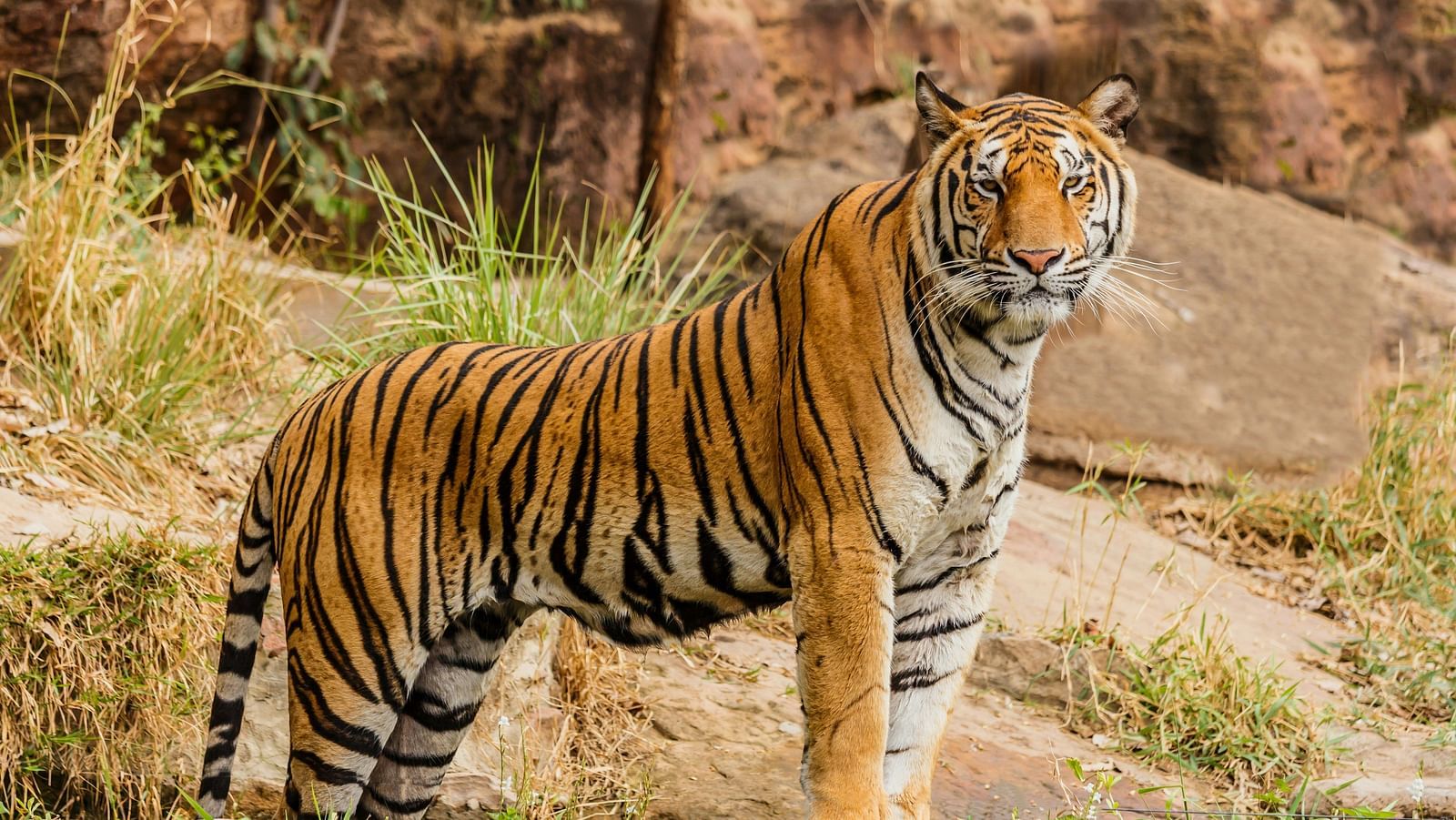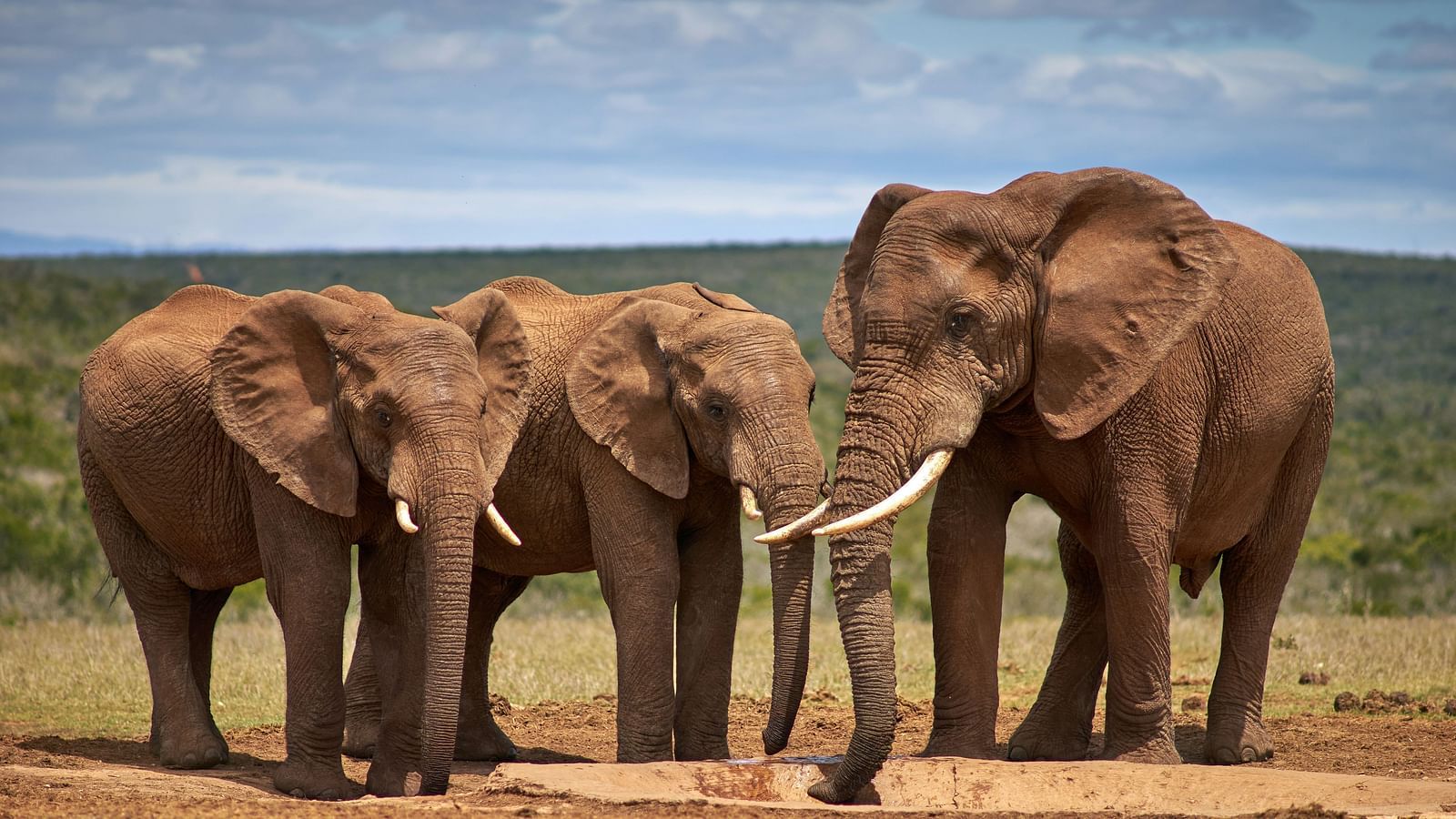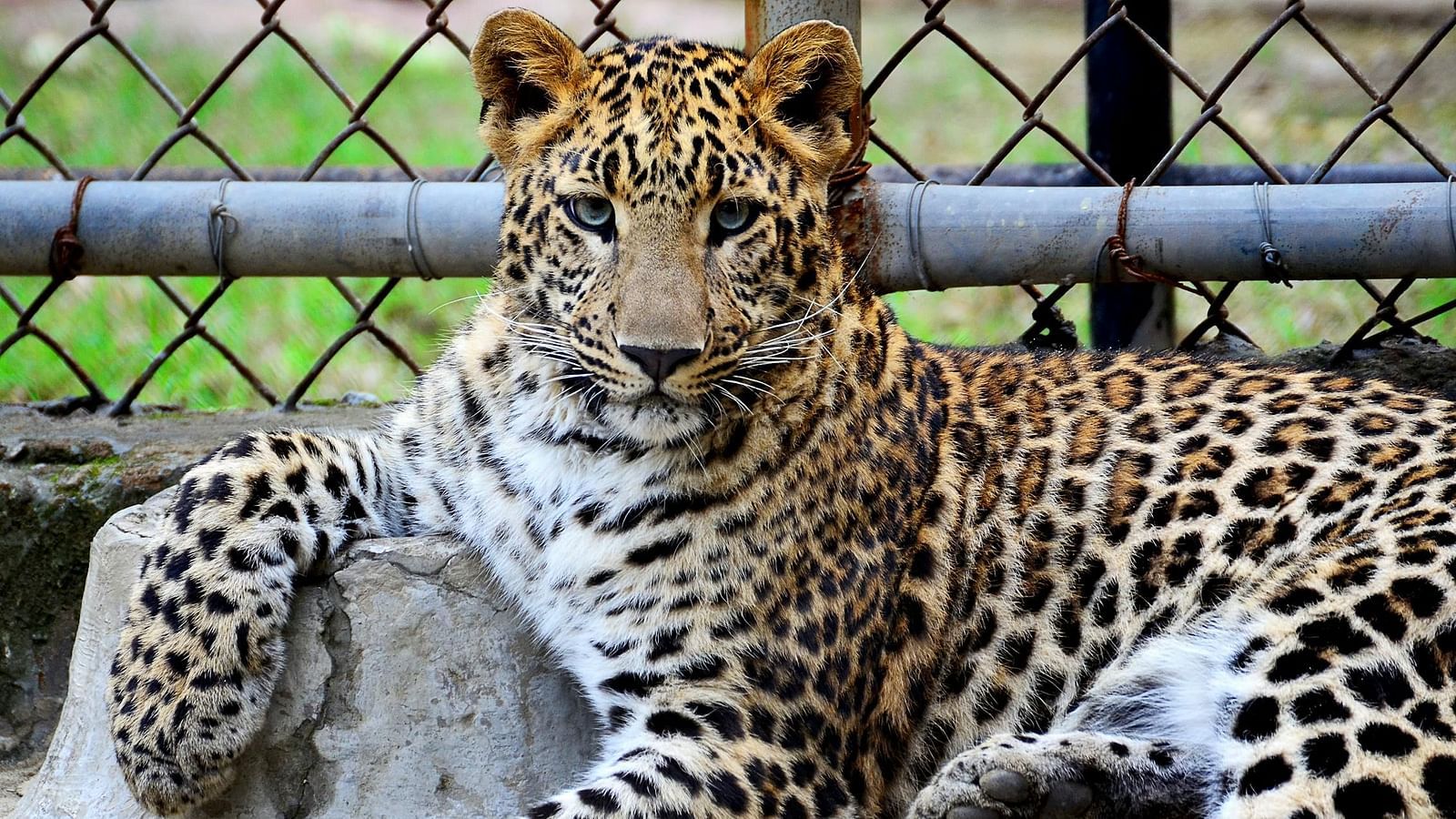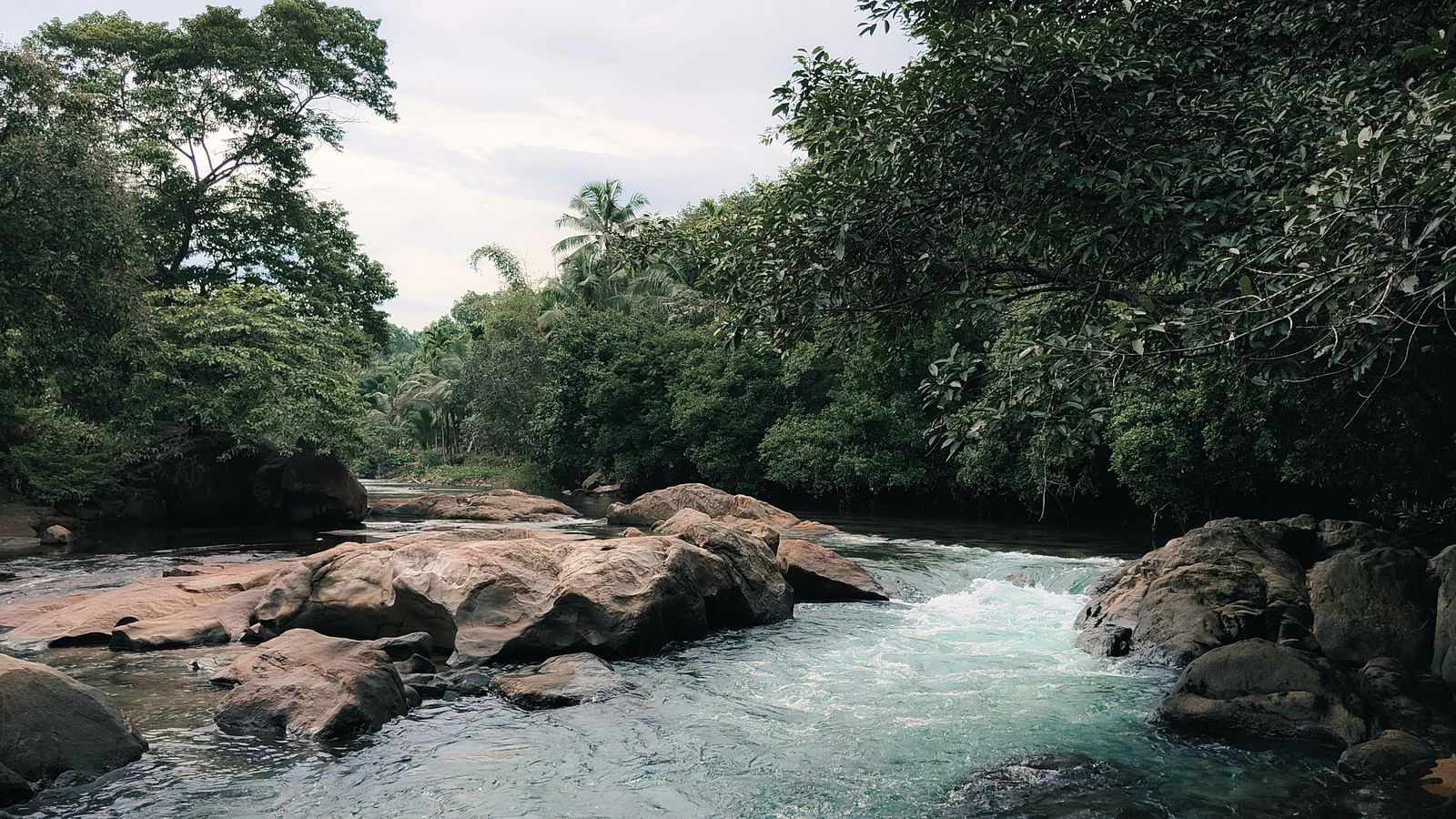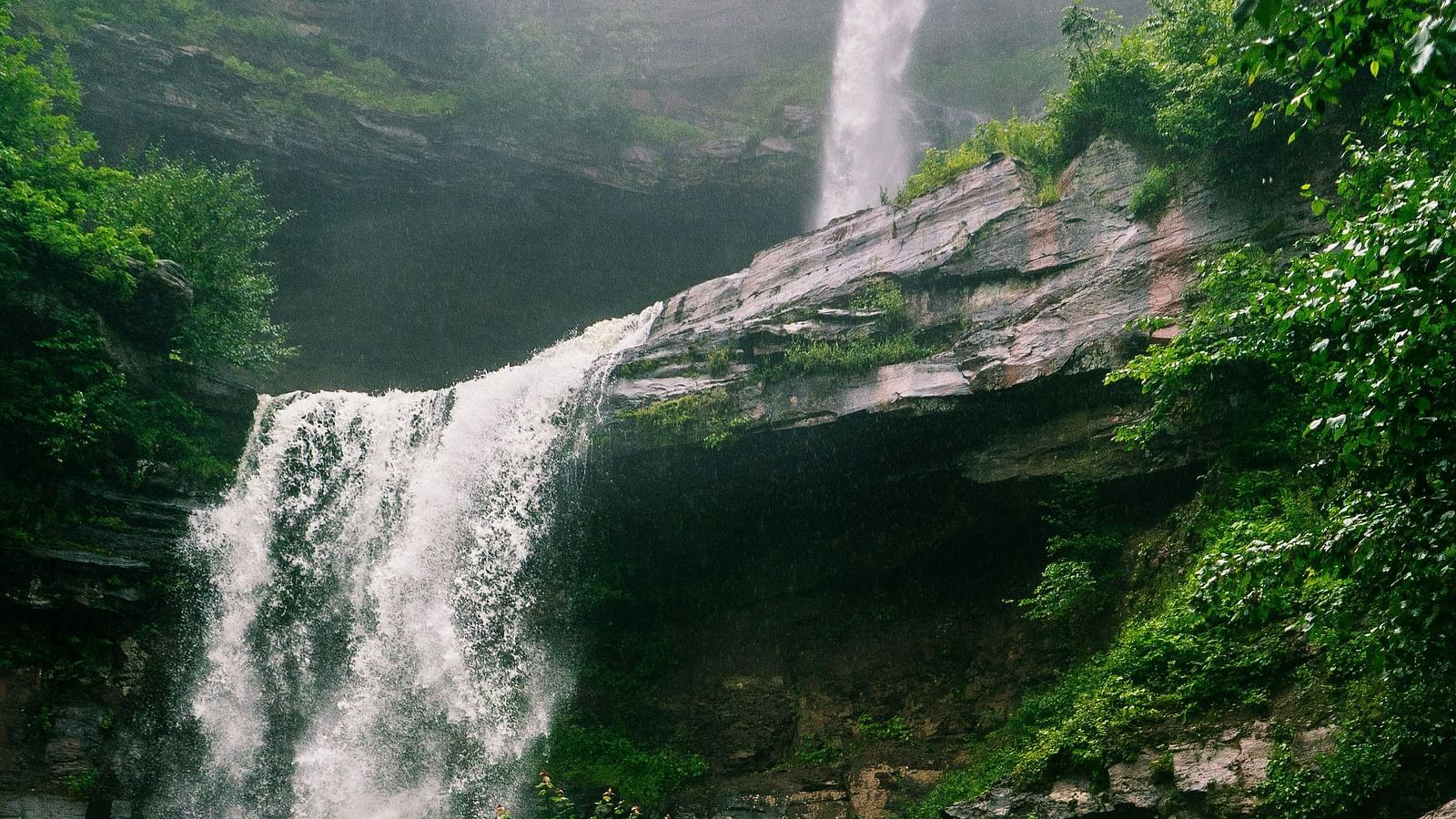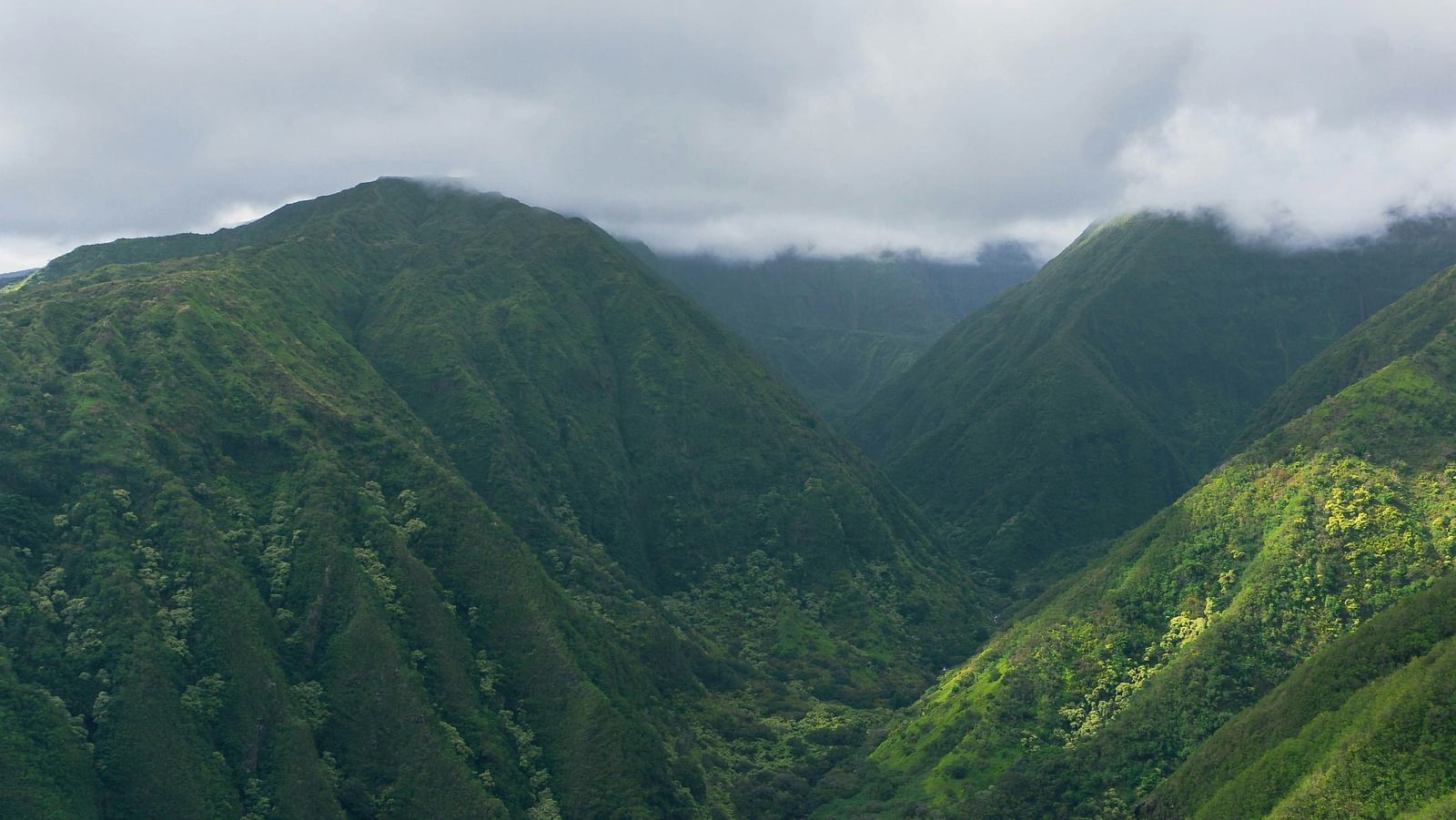Home > Tourist Attractions > Nagarhole National Park: Where the Serpent River Flows
- Mysore: The City of Palaces
- Srirangapatna: An Island Fortress Steeped in History
- Bandipur National Park: A Jewel of Karnataka's Wildlife Heritage
- Nagarhole National Park: Where the Serpent River Flows
- Coorg: Where History Meets Nature in the Western Ghats
- Ooty: Queen of the Hills
- Brindavan Gardens: A Symphony of Nature and Engineering
- Male Mahadeshwara Hills: Where Spirituality Meets Nature
- Shivanasamudra Falls: Where the Kaveri Roars
- Talakadu: A Town Lost in Sand, Rich in History
- Melkote: Where History and Spirituality Converge
- K Gudi Wilderness Camp: Where Adventure Meets Tranquility in BR Hills
- Himavad Gopalaswamy Betta: A Hilltop Temple Shrouded in Mist and Legend
- Venugopala Swamy Temple: A Resurrected Architectural Gem
- Kere Thonnur: A Tranquil Lake Town with Ancient Temples
- Payana Car Museum: A Journey Through Automotive History in Mysore
- Nanjangud: The Dakshina Kashi of the South
Nagarhole National Park: Where the Serpent River Flows
A Royal Hunting Ground Turned Conservation Success
Wildlife Abundance
Nagarhole is a haven for wildlife enthusiasts, boasting a remarkable array of species:
Tigers
The park is known for its high density of tigers, making it one of the best places in India to spot these elusive predators.
Elephants
Large herds of Asian elephants roam freely in Nagarhole, offering a breathtaking spectacle for visitors.
Other Mammals
Leopards, dholes (Indian wild dogs), sloth bears, gaurs (Indian bison), sambar deer, chital, and many other mammals thrive in this protected habitat.
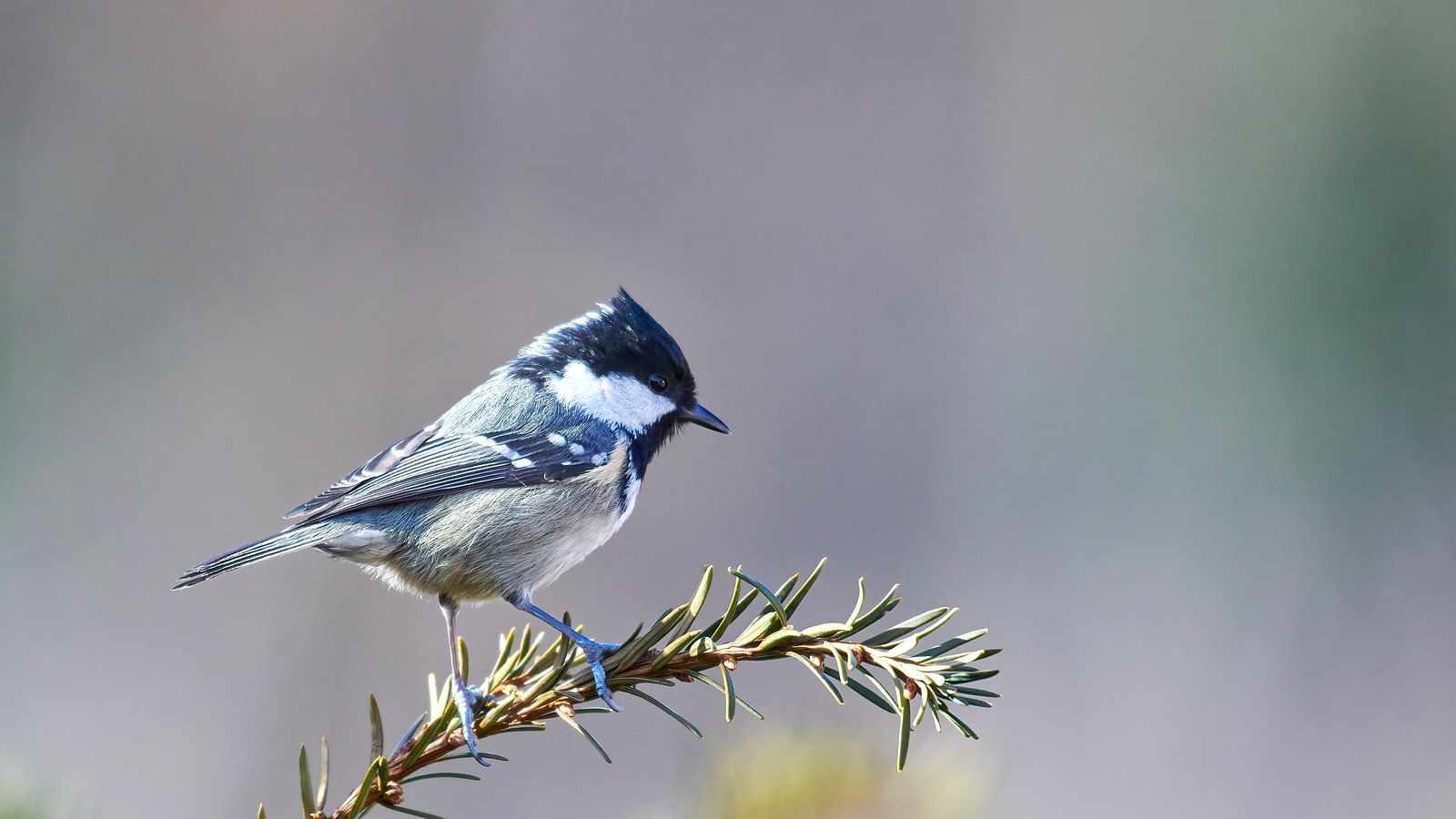
Birdlife
Over 250 bird species have been recorded in Nagarhole, making it a paradise for birdwatchers.
Landscape and Flora
Monuments and Historical Sites
While wildlife is the main attraction, there are a few places of historical and cultural interest within or near Nagarhole:
Kabini River
This river, forming the park's southern boundary, is a lifeline for the wildlife and offers scenic boat safaris.
Facts and Figures
Established:1955 (sanctuary), 1988 (national park)
Area: 643 Sq.Km. (core area)
Project Tiger Reserve:Since 1999
Part of Nilgiri Biosphere Reserve:A UNESCO World Heritage Site
- Best Time to Visit:October to May
